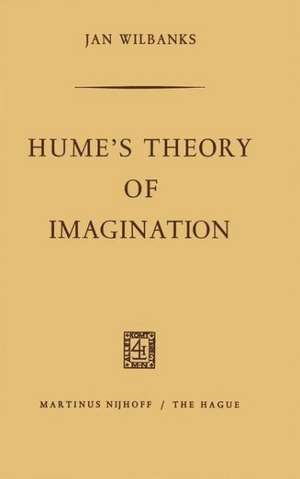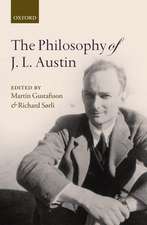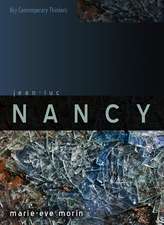Hume’s Theory of Imagination
Autor Jan Wilbanksen Limba Engleză Paperback – 1968
Preț: 382.18 lei
Nou
Puncte Express: 573
Preț estimativ în valută:
73.14€ • 79.42$ • 61.44£
73.14€ • 79.42$ • 61.44£
Carte tipărită la comandă
Livrare economică 23 aprilie-07 mai
Preluare comenzi: 021 569.72.76
Specificații
ISBN-13: 9789401502092
ISBN-10: 9401502099
Pagini: 192
Ilustrații: 178 p.
Dimensiuni: 155 x 235 x 10 mm
Greutate: 0.28 kg
Ediția:1968
Editura: SPRINGER NETHERLANDS
Colecția Springer
Locul publicării:Dordrecht, Netherlands
ISBN-10: 9401502099
Pagini: 192
Ilustrații: 178 p.
Dimensiuni: 155 x 235 x 10 mm
Greutate: 0.28 kg
Ediția:1968
Editura: SPRINGER NETHERLANDS
Colecția Springer
Locul publicării:Dordrecht, Netherlands
Public țintă
ResearchCuprins
I. Some contemporary interpretations of Hume’s theory of imagination.- W. C. Gore’s interpretation.- N. K. Smith’s interpretation.- E. J. Furlong’s interpretation.- Harold Taylor’s interpretation.- Concluding remarks.- II. The elements of Hume’s theory of imagination.- The contents of the mind.- The materials of imagination.- The source of the materials of imagination.- The criteria for recognizing imaginative activity.- Principles governing the imagination.- The nature of imagination.- Imaginative activity and the real.- The function of imagination in cognition.- Concluding remarks.- III. The generic features and basic argument-Structure of Hume’s Philosophy of the Human Understanding.- The primary goal of Hume’s philosophy of the human understanding.- Hume’s basic principles.- Concluding remarks.- IV. Hume’s theory of imagination in the argument of His Philosophy of the Human Understanding (I): The attack on reason.- The attack on abstract reasoning.- The attack on matter-of-fact reasoning.- The combined attack on both types of reasoning.- V. Hume’s theory of imagination in the Argument of His Philosophy of the Human Understanding (II): The attack on sense.- The attack on external sense.- The attack on internal sense.- VI. Conclusion.- A Bibliography of the Most Important Sources.













